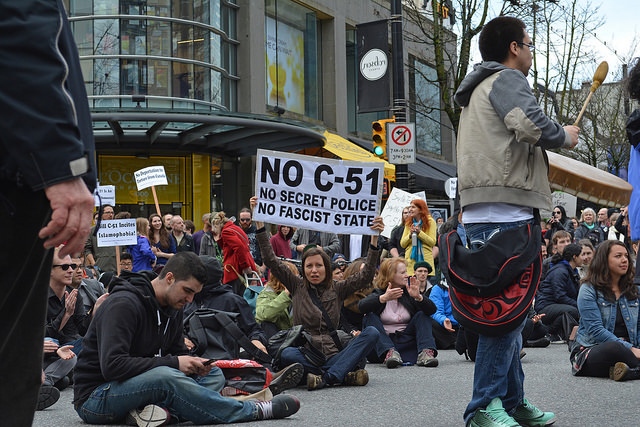For nearly 60 years, the United States embargo against Cuba has allowed Canadians to vacation on the island free of American presence. The country is the third most popular destination for Canadians to go abroad, and they make up a third of its tourists. However, Canadians may chose alternative vacation spots as the United States begins to rekindle its diplomatic ties with Cuba.
The Obama administration’s recent strides towards a renewed relationship with the country have increased American presence in Cuba. In August 2015, the American flag was raised over the U.S. embassy in Cuba marking its reopening since its closure in 1961. Additionally, in March 2016, President Obama visited the country, the first sitting American president to do so since Calvin Coolidge in 1928.
In the wake of thawing American-Cuban relations, Obama has conditionally allowed Americans to visit Cuba, if they meet one of the 12 criteria he has set. Accordingly, this fall, the U.S. government began to allow a select number of commercial flights to Cuba. As more Americans visit the country, an increase in infrastructure, hotels, and tourism accommodation will be needed. Some worry that this will change the current Cuban tourism experience, by affecting existing norms such as the price of hotels, the lack of commercialization, and the crowding of beaches.
For Cubans, renewed diplomatic relations with the U.S. could represent a major shift in economic circumstance and opportunity. Access to wealth is limited as a result of many restrictions in Cuban society, including restricted access to the Internet, very limited freedom of expression and freedom of movement. The government, through sanctions, allows little opportunity for Cubans to gain professional employment.
Since the presidency of Raul Castro in 2008, the administration has implemented incremental economic reforms, such as allowing Cubans to become cuentopropistas (entrepreneurs), running businesses like bed-and-breakfasts and taxi services that benefit from tourism. The hope is that the advent of American tourism would benefit and further these economic reforms. Enrique De Jesus, a young doctoral student studying Cuba’s financial system, explains hopes of some young Cubans: “Puerto Rico used to be a lot like Cuba in the 1950s…[b]ut today life in Puerto Rico looks a lot different…[w]e don’t want to do agriculture or things like that. We want to be in an office with an air conditioner. We want to have new cars…We want to go to the best university. It’s basically the American life. That’s what we have in Puerto Rico now, and that’s what probably is going to happen in Cuba…”
Others fear that the effect of American money may not be as immediately beneficial to the Cuban people as De Jesus’ suggests. The government still controls much of the economy and the exchange of wealth in Cuba. For instance, only state enterprises can enter into economic agreements with foreigners, ordinary citizens cannot do this. Additionally very few professional jobs are on Cuba’s extended list of legal self-employment. Some fear that this restriction to wealth in the country will increase the price of daily life in Cuba, while only making a select few rich, and aggravating the state of poverty for many.
Cuban poet Reina Maria Rodriguez also expresses concern over the influx of American wealth entering the country, “…we [used to be] all poor…[b]ut now most of the population is poor while a tiny minority is getting rich. These inequalities are generating resentment, frustration, and violent crime.” While communism brings its own challenges for the people living in Cuba, an unmitigated market economy could as well. The risk of wealth inequality could prove to bring great challenges to Cuba.
The Cuban communist regime, despite leaving many in poverty, provides the Cuban population with healthcare and education. Andy S. Gomez and Paul Webster Hare note in a recent article that the Cuban government’s commitment to education is fueled by its use of education as a propaganda tool to promote the legitimacy of the Communist regime and suppress criticism. Despite the limitations on freedom of expression in education, the Cuban literacy rate is 99.8%, and must remain such if Cuba hopes to become a successful country as it slowly opens itself up to the market economy.
As Canadians continue to visit Cuba, and increasingly vacation alongside American tourists, it is worth considering what the effect of American money and political ties implies for Cuba’s future, beyond over-crowded beaches.
Photo: Havana Street (2010), by Ansalma Juvaga via pixabay. Licensed under CC0 Public Domain
Disclaimer: Any views or opinions expressed in articles are solely those of the authors and do not necessarily represent the views of the NATO Association of Canada.




